 "ttyymmnn" (ttyymmnn)
"ttyymmnn" (ttyymmnn)
03/01/2016 at 12:35 • Filed to: planelopnik, planelopnik history
 8
8
 9
9
 "ttyymmnn" (ttyymmnn)
"ttyymmnn" (ttyymmnn)
03/01/2016 at 12:35 • Filed to: planelopnik, planelopnik history |  8 8
|  9 9 |
Welcome to This Date in Aviation History , getting you caught up on milestones, important historical events and personalities in aviation from February 27 through March 1.
!!! UNKNOWN CONTENT TYPE !!!

February 27, 1910 – The birth of Clarence “Kelly” Johnson, one of the most influential and successful aircraft design engineers in history. His work for the !!!error: Indecipherable SUB-paragraph formatting!!! produced some of the world’s most iconic aircraft, including the !!!error: Indecipherable SUB-paragraph formatting!!! , the !!!error: Indecipherable SUB-paragraph formatting!!! , the !!!error: Indecipherable SUB-paragraph formatting!!! , the !!!error: Indecipherable SUB-paragraph formatting!!! , the !!!error: Indecipherable SUB-paragraph formatting!!! , and the !!!error: Indecipherable SUB-paragraph formatting!!! . Johnson began his long and illustrious career with Lockheed when he joined the company in 1933 after obtaining a master’s degree in aeronautical engineering from the University of Michigan. His first job was as a tool designer earning $83 a month. Johnson first caught the eye of Lockheed executives when he brought to their attention an instability in the !!!error: Indecipherable SUB-paragraph formatting!!! . Johnson had discovered the problem while performing wind tunnel tests on the Electra in graduate school. When he proposed a successful fix to the instability problem, his bosses took note. Johnson went on to serve as a flight test engineer, stress analyst, aerodynamicist, and weight engineer. By 1938, he was a chief research engineer. During WWII, German advances in the area of jet aviation had the US Army Air Force on the back foot, and they were hard pressed to develop their own high performance jet fighters as quickly as possible. Johnson said that he could develop a jet fighter in 6 months, a promise he made good on when Lockheed introduced the Shooting Star, America’s first operational jet fighter, in January of 1944 after only 143 days of development. In spite of the remarkably short development time, the Shooting Star was too late to see actual combat in WWII, though it would go on to serve with distinction in the Korean War. Johnson’s rise through the Lockheed Corporation continued, and by 1952 he had become the chief engineer of Lockheed’s Burbank plant, and in 1956 he was appointed Vice President of Research and Development. In 1958, Johnson was named Vice President of Advanced Development Projects (ADP), a position that would garner Johnson his greatest notariety when the ADP became known as the !!!error: Indecipherable SUB-paragraph formatting!!! . Here, Johnson and his team of engineers would create some of the aircraft he is best known for: the supersonic F-104 Starfighter, the high-flying U-2 reconnaissance plane, and the untouchable SR-71 Blackbird. For his work on the F-104 and SR-71, Johnson was awarded 2 !!!error: Indecipherable SUB-paragraph formatting!!! , an individual feat only matched by !!!error: Indecipherable SUB-paragraph formatting!!! . Johnson died on December 21, 1990 at the age of 80. (Photo via !!!error: Indecipherable SUB-paragraph formatting!!! )
!!! UNKNOWN CONTENT TYPE !!!
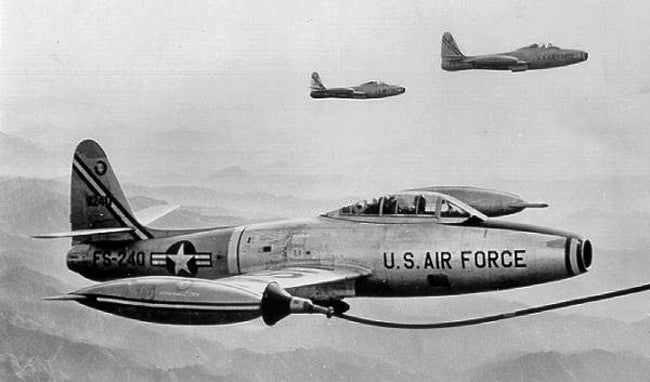
February 28, 1946 – The first flight of the Republic F-84 Thunderjet.
As WWII drew to a close, rapid advancements in jet engine technology meant that aircraft designers were scrambling to find ways to implement the new power plant. In 1944, Republic Aviation’s chief designer
!!!error: Indecipherable SUB-paragraph formatting!!!
began working on a replacement for the successful
!!!error: Indecipherable SUB-paragraph formatting!!!
, and the first thing he tried was placing one of the new turbojets in an existing P-47. This proved unworkable, so Republic decided instead to develop an entirely new aircraft. On September 11, 1944, the US Army Air Forces issued requirements for a new day fighter, powered by the General Electric TG-180 axial flow turbojet, that would have a top speed of 600 mph and be armed with either six .50 caliber machine guns or four .60 caliber machine guns. The second prototype, which was now powered by an
!!!error: Indecipherable SUB-paragraph formatting!!!
, rocketed to 611 mph, setting a world speed record for the day, and wingtip fuel tanks were added to increase the Thunderjet’s range. The first F-84B aircraft were delivered to the Air Force in late 1947, but teething problems plagued the fighter. Operational speeds were limited to Mach 0.8 due to problems with
!!!error: Indecipherable SUB-paragraph formatting!!!
, and acceleration was limited due to wrinkling of the fuselage’s skin. Ultimately, a shortage of parts and reliability problems led to the entire fleet of F-84Bs being grounded in 1948 because of structural failures. The only reason that the entire aircraft wasn’t scrapped was that the later production model, the F-84D, had addressed many of the problems that had grounded the earlier Thunderjets. The wings were thickened and strengthened, the fuel system was upgraded and winterized, and aerodynamic problems caused by the wingtip fuel tanks were solved. Despite these problems, as well as others that were solved by subsequent variants, the Thunderjet went on to serve with distinction during the Korean War. Initially, they were used as bomber escorts, and while it was outmatched by the Russian-built
!!!error: Indecipherable SUB-paragraph formatting!!!
, the F-84 scored its first air-to-air kill in 1951, though two Thunderjets were lost in the encounter. Ultimately, F-84 pilots claimed 8 MiG-15 kills during 86,408 sorties, and dropped 55,586 tons of bombs. During the Korean War, the F-84 was also the first American fighter to carry out mid-air refueling. The F-84 was widely exported to America’s allies, and was the first aircraft flown by the
!!!error: Indecipherable SUB-paragraph formatting!!!
demonstration team from 1953-1955. Just over 7,500 Thunderjets were produced, and the fighter was retired from frontline Air Force service in the mid-1960s.
(US Air Force photo)
!!! UNKNOWN CONTENT TYPE !!!
Short Take Off
!!! UNKNOWN CONTENT TYPE !!!

February 27, 1965 – The first flight of the Antonov An-22 Antei, a four-engine cargo and transport aircraft and the world’s largest turboprop-powered aircraft. The An-22, NATO reporting name Cock, is also the first wide-body aircraft developed by the Soviet Union and was developed as a strategic airlifter, specifically to deliver airborne troops and their armored vehicles. Powered by 4 !!!error: Indecipherable SUB-paragraph formatting!!! turboprops turning contra-rotating propellors, the An-22 can carry 290 passengers or 80,000 pounds of payload while operating from rough or unimproved airstrips. The An-22 was introduced in 1967, and remains in active service, though it is slowly being replaced by the !!!error: Indecipherable SUB-paragraph formatting!!! . (Photo by Dmitry A. Mottl via !!!error: Indecipherable SUB-paragraph formatting!!! )
!!! UNKNOWN CONTENT TYPE !!!
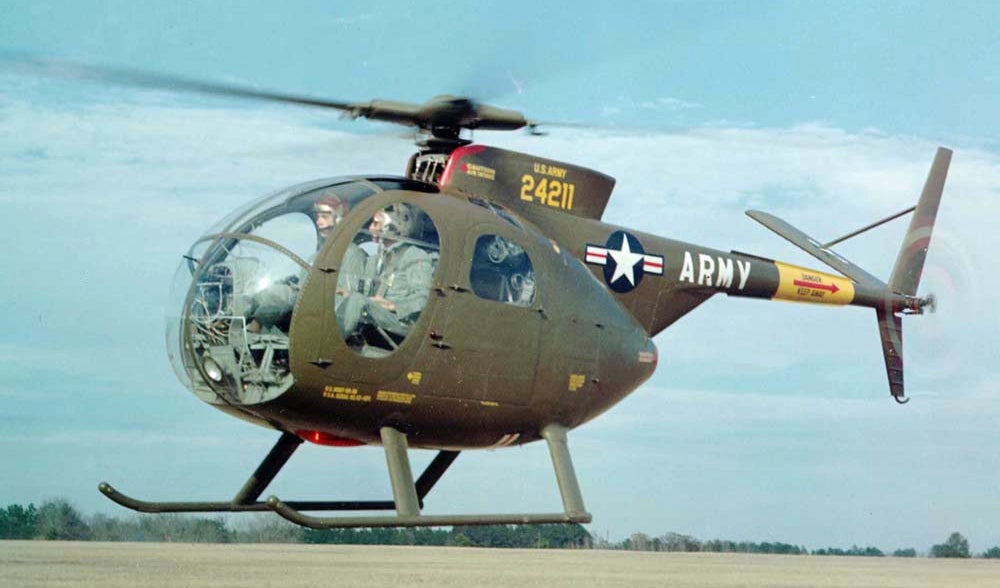
February 27, 1963 – The first flight of the Hughes OH-6 Cayuse,
a small helicopter used by the US Army for personnel transport, escort, attack missions and observation. Developed from a 1960 US Army request for a
!!!error: Indecipherable SUB-paragraph formatting!!!
(LOH, commonly called “Loach”), the Cayuse was the winner in a competition between Hughes and Fairchild-Hiller, with Hughes awarded a production contract in 1965. When all fixed-wing aircraft were transferred to the Air Force in 1964, the Cayuse replaced the
!!!error: Indecipherable SUB-paragraph formatting!!!
as the Army’s primary reconnaissance aircraft in Vietnam. The OH-6 also set 23 world records for speed, endurance and time to climb. The OH-6 and its civilian counterpart, the MD 500, remain in production.
(US Army photo)
!!! UNKNOWN CONTENT TYPE !!!
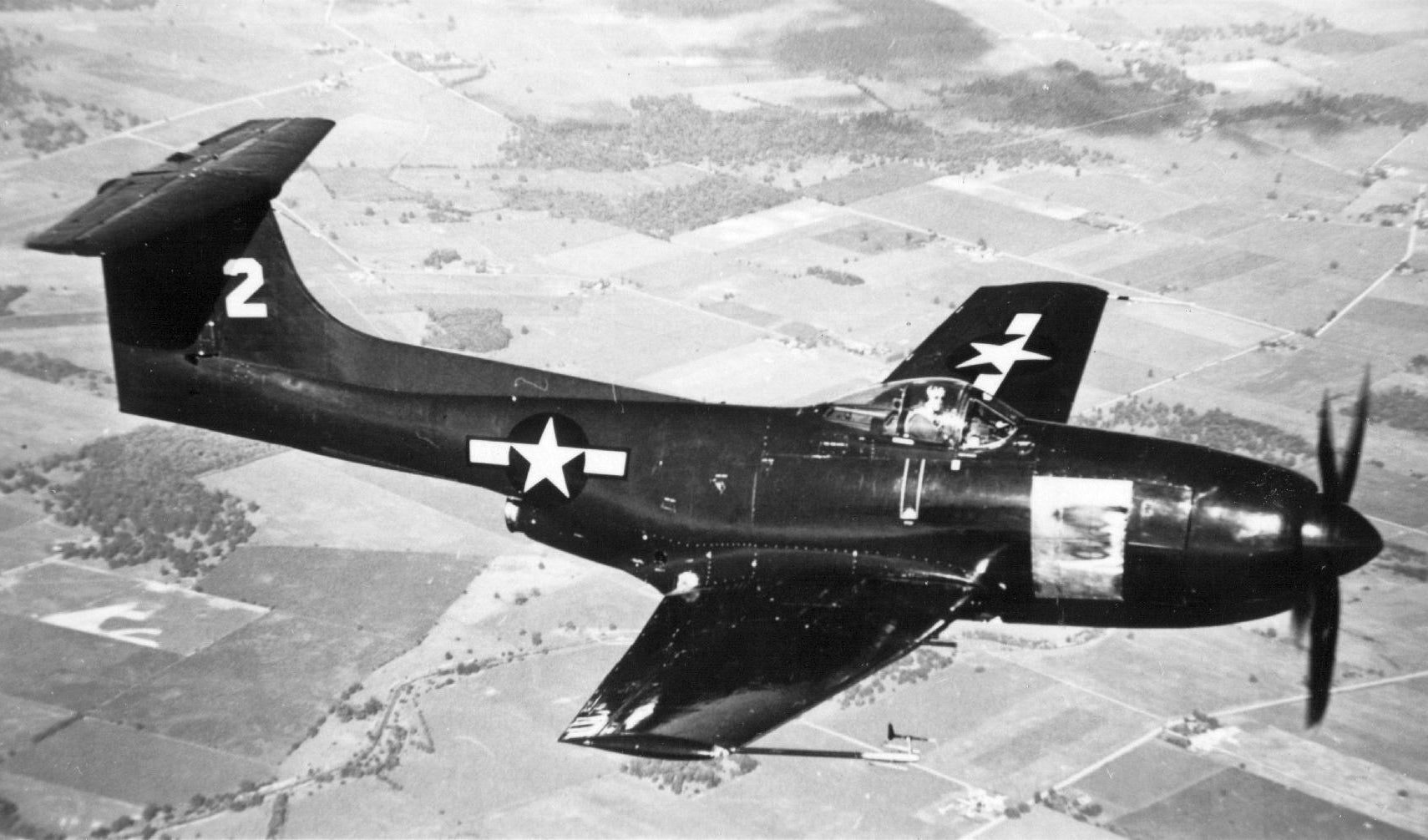
February 27, 1945 – The first flight of the Curtiss XF15C, a mixed-propulsion prototype US Navy fighter that was powered by a !!!error: Indecipherable SUB-paragraph formatting!!! 18-cylinder radial in the front (the same engine used in the !!!error: Indecipherable SUB-paragraph formatting!!! , !!!error: Indecipherable SUB-paragraph formatting!!! and !!!error: Indecipherable SUB-paragraph formatting!!! ) and an !!!error: Indecipherable SUB-paragraph formatting!!! in the rear (the J36 was an American license-built version of the British Goblin turbojet). Three prototypes were built, and while the arrangement showed promise, rapid advances in jet engine development caused the Navy to lose interest in the mixed-power concept and the project was canceled in 1946. The first airframe was lost to a landing accident, the second was scrapped, and the third resides at the !!!error: Indecipherable SUB-paragraph formatting!!! in Rhode Island. (US Navy photo)
!!! UNKNOWN CONTENT TYPE !!!
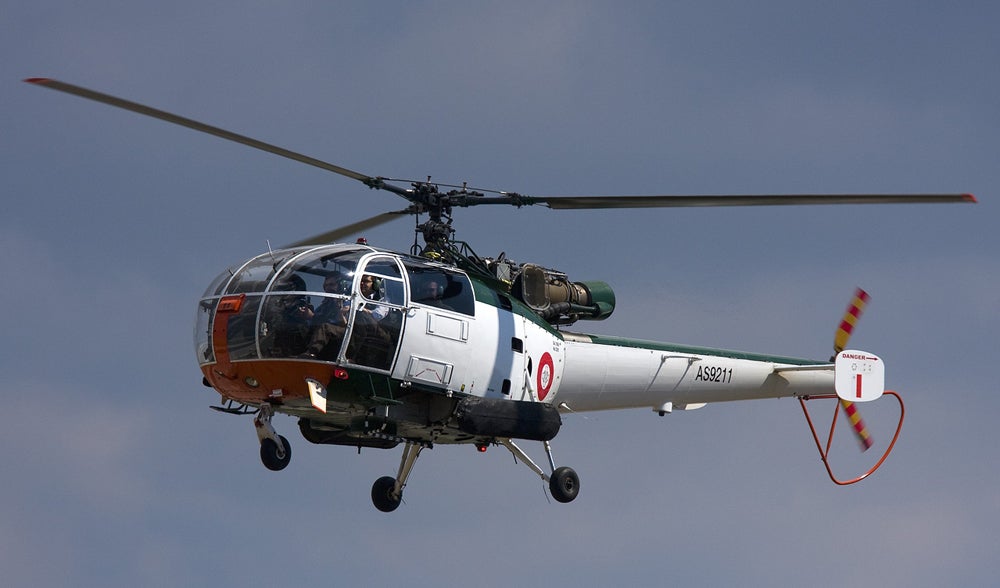
February 28, 1959 – The first flight of the Aérospatiale Alouette III,
a single-engine utility helicopter developed by
!!!error: Indecipherable SUB-paragraph formatting!!!
as a larger variant of the
!!!error: Indecipherable SUB-paragraph formatting!!!
. Production of the Alouette III was performed by
!!!error: Indecipherable SUB-paragraph formatting!!!
, and the helicopter was also built under license in India and Romania. Over 2,000 copies of the Alouette III were produced between 1961-1985, and it remains in production in India. With a crew of 2 pilots, the Alouette III has space for 5 passengers and is used primarily for civilian or troop transport and search and rescue (SAR), though a number of variants were developed into helicopter gunships by Romania and South Africa.
(Photo by Gordon Zammit via
!!!error: Indecipherable SUB-paragraph formatting!!!
)
!!! UNKNOWN CONTENT TYPE !!!

February 28, 1949 – The first flight of the Dassault Ouragan,
the first French-designed jet fighter to enter production. As an occupied country, France was largely left out of the rapid development of aircraft during WWII. Designer
!!!error: Indecipherable SUB-paragraph formatting!!!
and the Ouragan (Hurricane) were instrumental in reestablishing France in the world of modern aircraft design and production. The Ouragan was powered by a single
!!!error: Indecipherable SUB-paragraph formatting!!!
turbojet, had a top speed of 584 mph and was armed with four 20mm cannons. It could also carry up to 16 rockets or 5,000 pounds of bombs. The Ouragan entered service with the Armée de l’Air in 1951, replacing the
!!!error: Indecipherable SUB-paragraph formatting!!!
, and also served in India, Israel and El Salvador.
(Photo by Groumfy69 via
!!!error: Indecipherable SUB-paragraph formatting!!!
)
!!! UNKNOWN CONTENT TYPE !!!
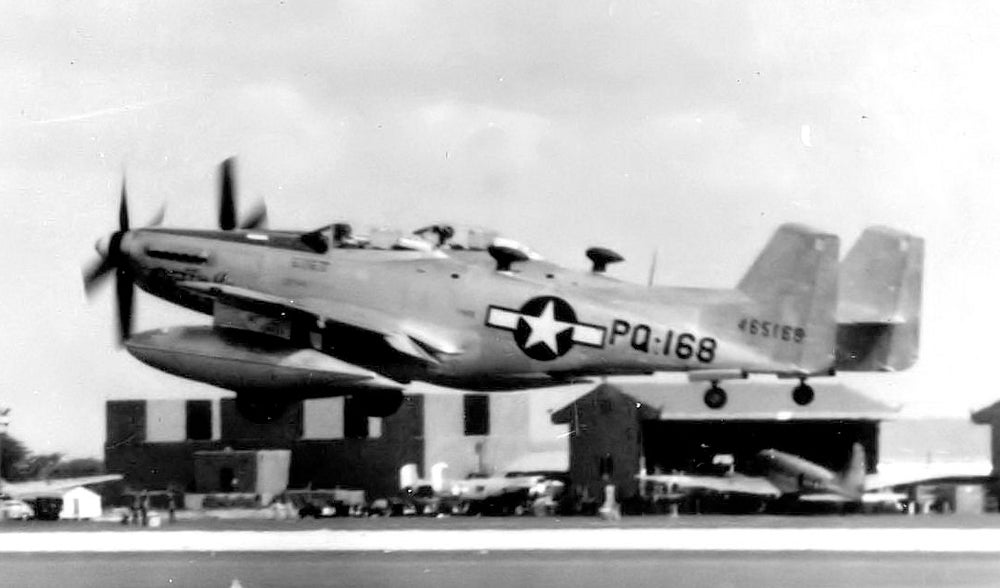
February 28, 1947 – The crew of a North American F-82 Twin Mustang set a world record for the longest and fastest flight of a piston-powered aircraft. To demonstrate the long distance capabilities of the F-82, US Army Air Forces pilot !!!error: Indecipherable SUB-paragraph formatting!!! , with Lieutenant John Ard as co-pilot, completed a flight from !!!error: Indecipherable SUB-paragraph formatting!!! in Hawaii to !!!error: Indecipherable SUB-paragraph formatting!!! in New York City in a !!!error: Indecipherable SUB-paragraph formatting!!! nicknamed “Betty Jo” (they took off on the 27th, but landed on the 28th). The nonstop flight, without aerial refueling, lasted just over 14 hours at an average speed of 342 mph. Thacker’s and Ard’s flight set the world record for the longest non-stop flight by a piston-powered fighter, as well as the fastest non-stop flight by piston-powered aircraft from Hawaii to New York City, both records that still stand to this day. (US Air Force photo)
!!! UNKNOWN CONTENT TYPE !!!
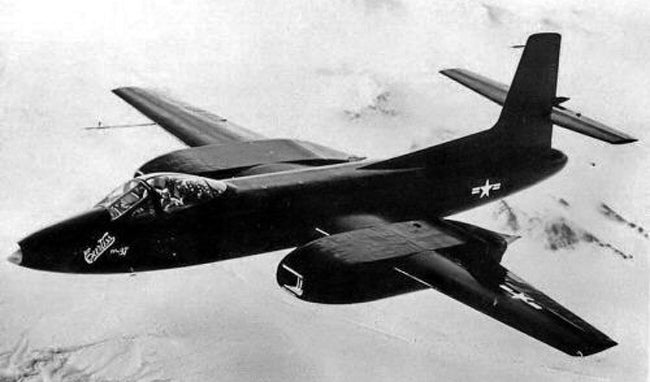
March 1, 1948 – The first flight of the Curtiss-Wright XF-87 Blackhawk,
a prototype all-weather fighter/interceptor developed by the Curtiss-Wright Corporation as a successor to the
!!!error: Indecipherable SUB-paragraph formatting!!!
. Development of the XF-87 (initially XP-87) began as an attack aircraft, but when the US Army Air Forces issued a requirement for an all-weather fighter in 1945, Curtiss-Wright altered their plans to meet the new Army requirement. Flight tests showed the Blackhawk to be an acceptable aircraft, though the first engines were underpowered. Following an upgrade to more powerful
!!!error: Indecipherable SUB-paragraph formatting!!!
turbojets, the XF-87 showed promise, and the USAAF placed orders for 57 aircraft, but the XF-87 ultimately lost out to the
!!!error: Indecipherable SUB-paragraph formatting!!!
. Only 2 prototypes were built, and the loss of the contract led to the demise of Curtiss-Wright.
(US Air Force photo)
!!! UNKNOWN CONTENT TYPE !!!
Recent Aviation History Posts
!!! UNKNOWN CONTENT TYPE !!!
!!! UNKNOWN CONTENT TYPE !!!
!!! UNKNOWN CONTENT TYPE !!!
If you enjoy these Aviation History posts, please let me know in the comments. And if you missed any of the past articles, you can find them all at
!!!error: Indecipherable SUB-paragraph formatting!!!
.
!!! UNKNOWN CONTENT TYPE !!!
 -this space for rent-
> ttyymmnn
-this space for rent-
> ttyymmnn
03/01/2016 at 12:53 |
|
Feb 29, 1964: President Lyndon B. Johnson acknowledged the existence of Lockheed’s A-11 (YF-12A), which could fly 2,000 mph (Mach 3) above 70,000 feet.
 You can tell a Finn but you can't tell him much
> ttyymmnn
You can tell a Finn but you can't tell him much
> ttyymmnn
03/01/2016 at 13:56 |
|
Thacker’s and Ard’s flight set the world record for the longest non-stop flight by a piston-powered aircraft...
Shouldn’t the Rutan Voyager around the world flight count as the longest non-stop flight by a piston powered aircraft? It was powered by two Continental piston engines.
Also Kelly Johnson’s career is incredible. It is an all star team worth of airplanes. The airplanes he helped design that don’t have “first” in their description were experimental. First fighter to exceed 400 mph (P-38), first pressurized airliner (Constellation), first American jet fighter (P-80), first operational jet with afterburner (F-94), first Mach 2 fighter (F-104), first operational stealth (F-117), first Mach 3 (SR-71)... If they weren’t a first or experimental they were still great. That’s right, I’m not leaving out the U-2 or C-130, they just don’t have a first or experimental in their description. Though you could argue that the U-2 is the first high altitude spyplane, so there is that.
 ttyymmnn
> You can tell a Finn but you can't tell him much
ttyymmnn
> You can tell a Finn but you can't tell him much
03/01/2016 at 14:07 |
|
Thanks for pointing that out. You are correct, and the F-82's record is for the longest flight of a piston-powered fighter . I have corrected it. I would definitely argue that the U-2 was the first of its kind. Have you read Skunk Works ?
 You can tell a Finn but you can't tell him much
> ttyymmnn
You can tell a Finn but you can't tell him much
> ttyymmnn
03/01/2016 at 14:11 |
|
Yep, excellent book.
 ttyymmnn
> You can tell a Finn but you can't tell him much
ttyymmnn
> You can tell a Finn but you can't tell him much
03/01/2016 at 14:17 |
|
Just wondering, do you see the “Recent Aviation History Posts” links on your page? They’re not showing for me, and I know I added them. Probably just Kinja being Kinja.
 You can tell a Finn but you can't tell him much
> ttyymmnn
You can tell a Finn but you can't tell him much
> ttyymmnn
03/01/2016 at 14:30 |
|
I see the section for them, but no links are in there.
 ttyymmnn
> You can tell a Finn but you can't tell him much
ttyymmnn
> You can tell a Finn but you can't tell him much
03/01/2016 at 14:31 |
|
Great. Thanks.
 ttyymmnn
> You can tell a Finn but you can't tell him much
ttyymmnn
> You can tell a Finn but you can't tell him much
03/01/2016 at 14:33 |
|
It must be a Kinja issue. I just re-added them, and they don’t show up. Oh well.
 You can tell a Finn but you can't tell him much
> ttyymmnn
You can tell a Finn but you can't tell him much
> ttyymmnn
03/01/2016 at 14:36 |
|
